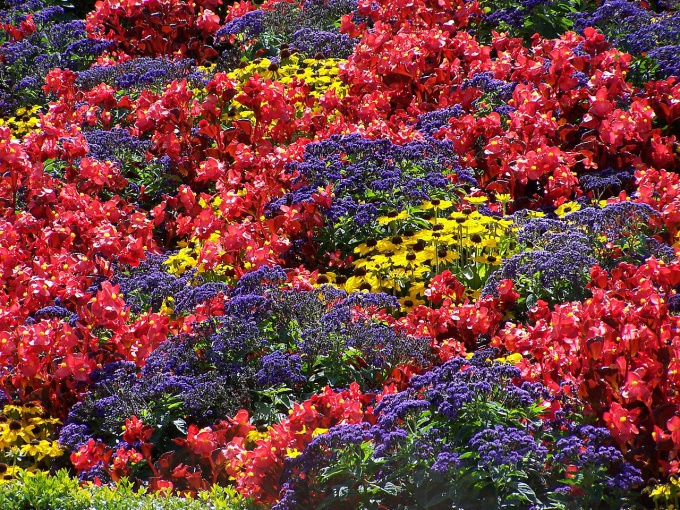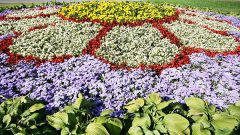Despite its apparent simplicity, to make a bed for continuous flowering is quite difficult because you need to think in advance colors, and height of colors, compatible plants that have the same flowering period. Even experienced gardeners to start doing a sketch on paper, detailing plants and their flowering period to the future flower bed no voids and holes.
How to build a flower bed continuous flowering
First and foremost, you need to consider a place for flower beds. The ideal option would be partial shade, as this area will be to plant light-loving plants and flowers which need not only the sun during the day, but also the shadow. If you choose for a bed the plot that will constantly be under the scorching sun, many plants may die.
The next step is to separate the plants according to color and size. Planting is recommended, so that they do not obstruct each other. In the background you need to place taller flowers, and in the front low-growing plants. The basic colors of the plants can be red, blue, and yellow as a transition of colors you can choose blue, orange and pink.
How to care for a flower bed
Care bed continuous flowering is regular watering, removal of weeds, which flowers will not grow. Definitely need to trim the dried flowers and leaves so that they not only did not spoil the overall look of the flower beds, but does not interfere with other plants.
What colors to prefer
For each season there are plants that can be used for beds of continuous flowering. In the spring you can give preference to the Crocus, the primrose, Praleska, forget-me-not, lungwort, daisies and antinym eyes. Summer will enjoy their view of irises, delphiniums, weigela, mountain cornflower, Dianthus-deltoides or Nepalese cinquefoil. And to end the season, asters and chrysanthemums.





